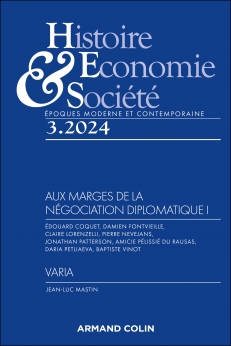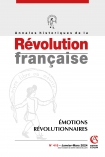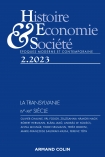
HISTOIRE, ECONOMIE ET SOCIÉTÉ (3/2024)
Pour acheter ce numéro, contactez-nous
Recevez les numéros de l'année en cours et accédez à l'intégralité des articles en ligne.
Après la Première Guerre mondiale, alors que la France établit ses mandats au Levant, elle continue d’y utiliser le catholicisme comme un outil d’influence et défend la pérennité de l’ancien « protectorat catholique ». Le Quai d’Orsay entend lutter contre l’influence italienne, qui apparaît de plus en plus menaçante au long des années 1920 avec la montée du fascisme. Face au clergé italien, le Quai mobilise un nouvel acteur qui lui est tout dévoué : l’aumônerie militaire française. L’étude de la situation à Alexandrette, où la concurrence entre les clergés est à son paroxysme, montre les continuités et les mutations dans l’usage du levier catholique par la France en Syrie mandataire, y compris dans sa dimension symbolique et liturgique.
After the First World War, when France established its mandate over Syria and Lebanon, it continued to use Catholicism as a tool of influence and defended the perpetuation of the former “French Protectorate”. The Quai d’Orsay intended to fight against the Italian influence, which appeared increasingly threatening throughout the 1920s with the rise of Fascism. Faced with the Italian clergy, the Quai mobilised new actors who were entirely devoted to it: the French military chaplains. The study of the situation in Alexandretta, where competition between the Italian and French clergy was at its height, shows the continuities and changes in the use of the Catholic tool by France in Syria, including in its symbolic and liturgical dimension.

